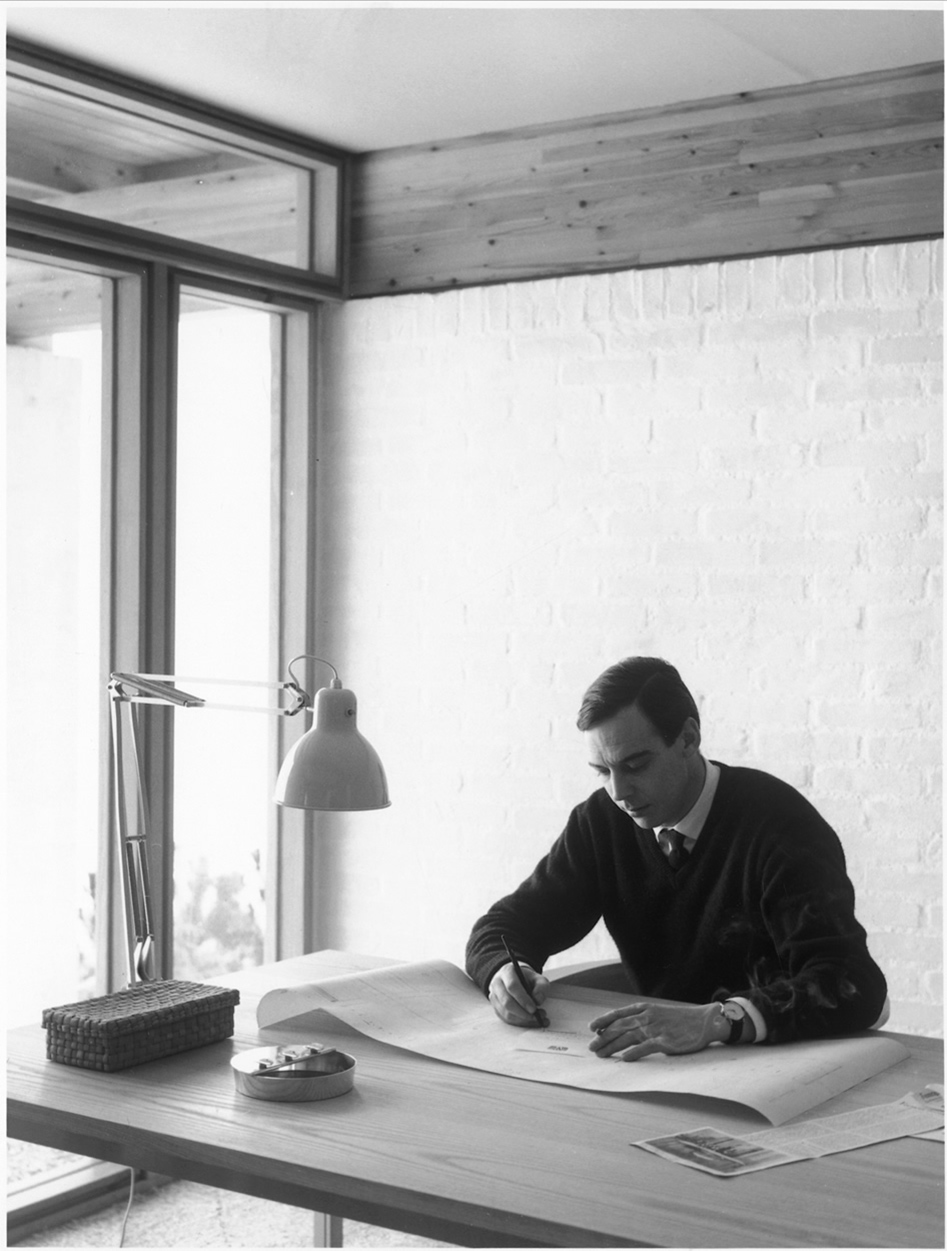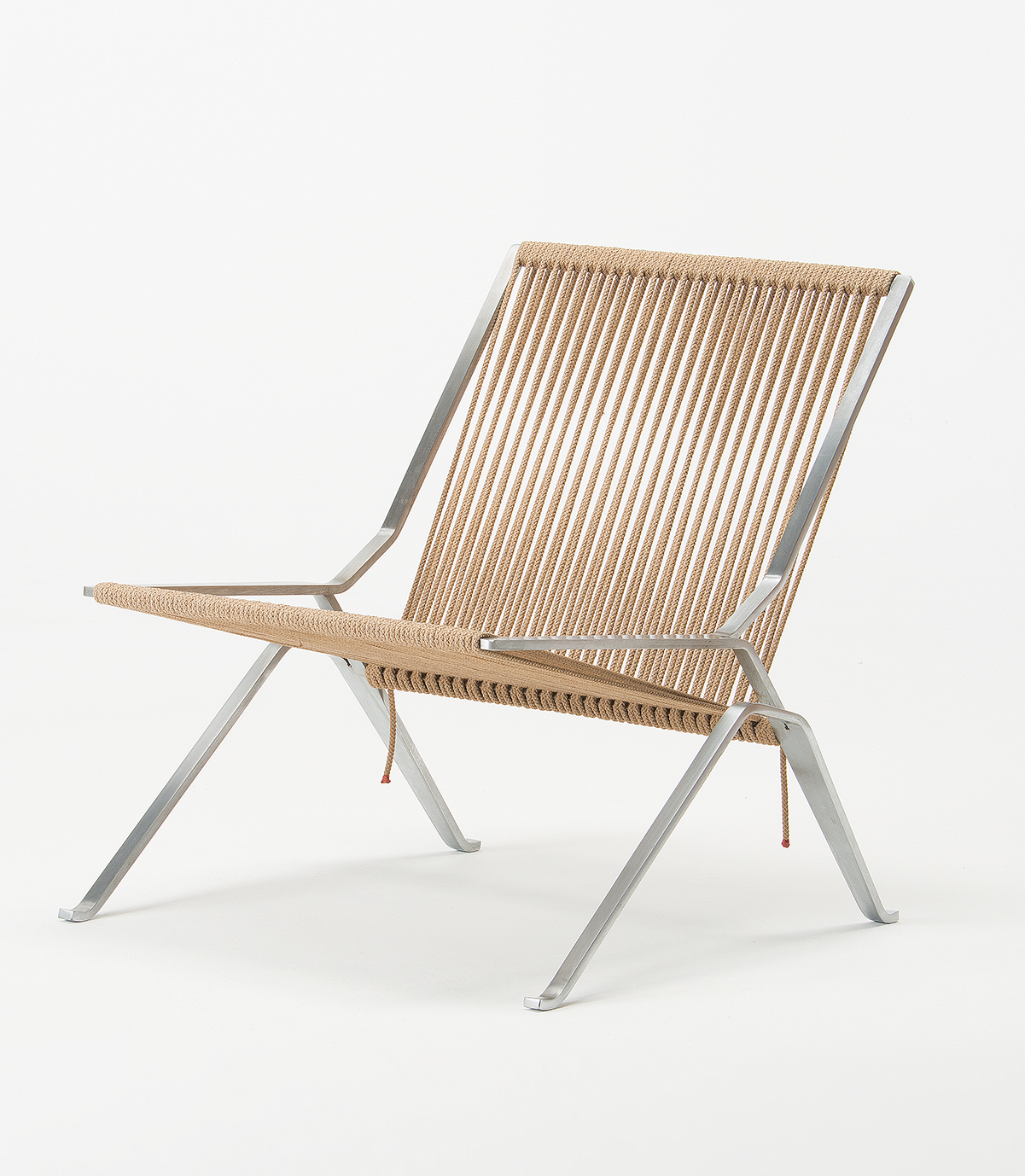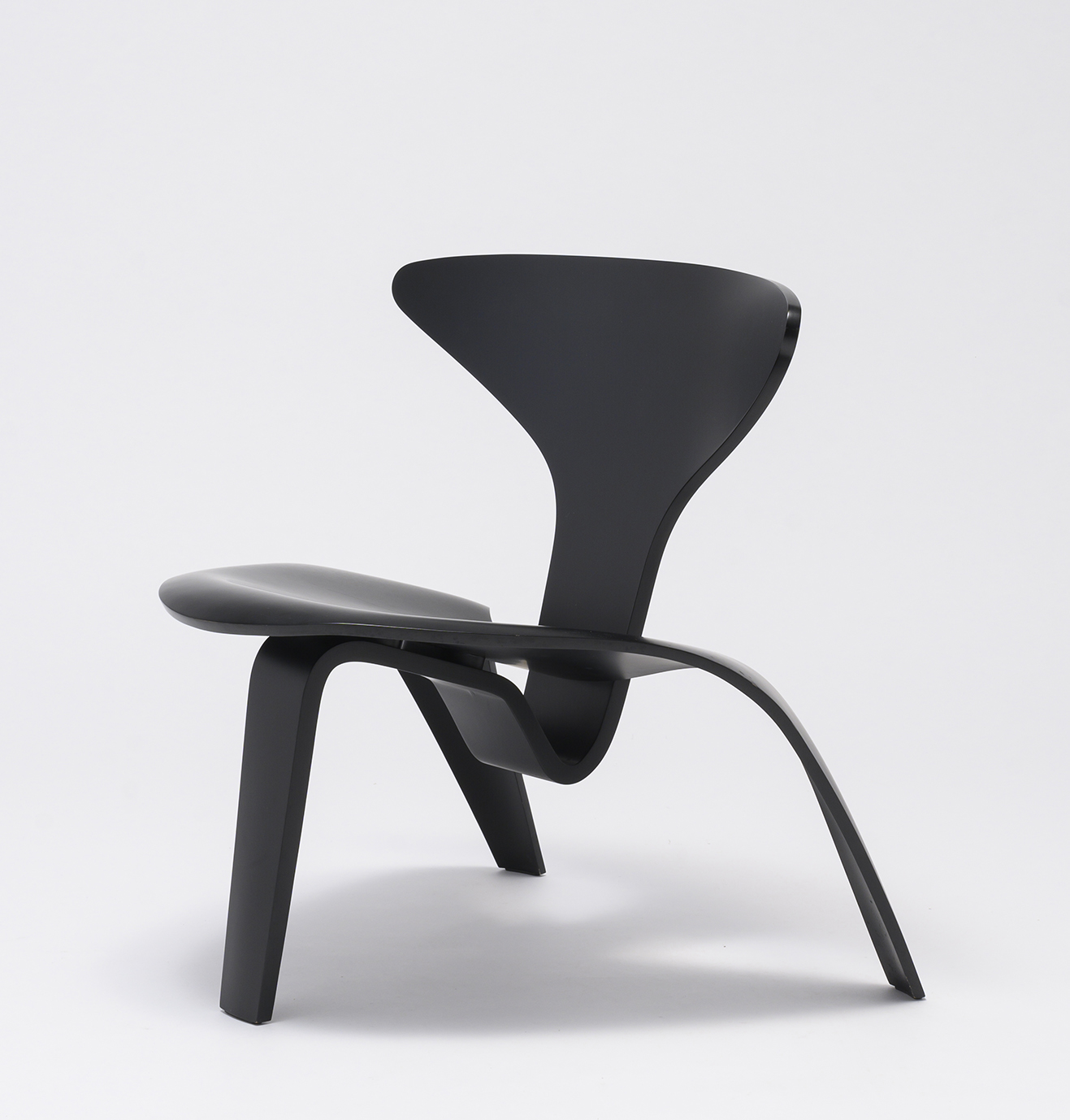POUL KJÆRHOLM: TIMELESS MINIMALISM
HAPPENINGText: Alma Reyes
The unparalleled craftsmanship and woodwork techniques of Nordic artisans are world-renowned. In particular, Denmark has carried the flag of furniture design excellence since the creation of the Viking warship Skuldelev 2 in 1042 — an epitome of slender, elegant and durable handiwork.
One of the highly recognized Danish furniture designers in the mid-20th century was Poul Kjærholm (1929-1980). Though active only for about thirty years, and having left a scarce amount of completed pieces, Kjærholm has earned the reputation for incorporating hard materials, such as stone and metal with conventional Scandinavian touch of natural wood into his works. His designs convey the height of minimalism sewn in grace, simplicity, calmness, but also tension of structure.
Panasonic Shiodome Museum of Art is presenting the designer’s first comprehensive exhibition in an art museum in Japan, “Poul Kjærholm: Timeless Minimalism, Furniture by a Master of Modern Danish Design from the Oda Collection” until September 16th this year. The showcase features approximately fifty furniture pieces in chronological order, and related documents from the chair inventory of Noritsugu Oda of Oda Collection, one of Japan’s largest organizations focused on the preservation and management of 20th century furniture and products, primarily from Scandinavia. The eras are systematically categorized by: the early 1950s, focused on structure; the post-1955 period, when steel, leather, stone, wood, cane, and canvas were combined; and the 1970s, when Kjærholm returned to woodworking. The exhibition design involved architect Tsuyoshi Tane who is based in Paris.

Poul Kjærholm, ca. 1961, Photo courtesy of Fritz Hansen
The exhibition begins with an introduction of Kjærholm’s life. Kjærholm dreamt of becoming a painter, but was persuaded by his father to study cabinetmaking. He was certified as a cabinetmaker at 19 years old. He attended the Danish School of Arts and Crafts (also known as The Royal Danish Academy of Fine Arts) in Copenhagen to study industrial design, and developed a strong interest in modern construction materials, specifically steel.
The prominent Danish furniture designer Hans Wegner discovered Kjærholm’s promising skills, and hired him to work part-time in his studio. Wegner served as the most influential mentor in Kjærholm’s career. The lounge chair, known as Element Chair (PK 25), and the Plywood Lounge Chair (PK 0), both exhibited in the first room, were two of the earliest prototypes Kjærholm designed as part of his graduation assignment under Wegner.

Poul Kjærholm, PK 25, 1951, Oda Collection (Higashikawa), Photo: Yukinori Otsuka
For the PK 25 chair (1951), Kjærholm bent a single piece of steel without using any adhesives or joints, and drilled holes into the steel plates. The frame was cut out by inserting a saw through the four holes, and the steel plates were placed in a press to form the legs, seat, and backrest. Flag halyards, sturdy ropes familiarly used by Wegner, were used for the seat and backrest, embodying comfort and a sense of tensility at the same time.

Poul Kjærholm, PK 0, 1952, Oda Collection (Higashikawa), Photo: Yukinori Otsuka
The black PK 0 chair (1952) is constructed of two pieces of molded laminated plywood joined at the underside of the seat, which evokes a sculptural appearance. Soren Hansen, president of Fritz Hansen, one of the most lucrative furniture design companies in Denmark, was highly impressed by the chair, and invited Kjærholm immediately to work with them.
Read more ...




